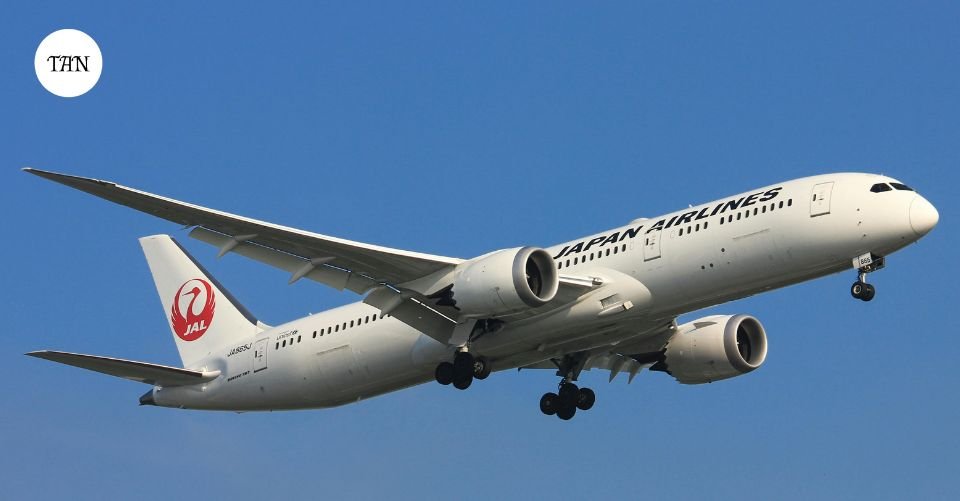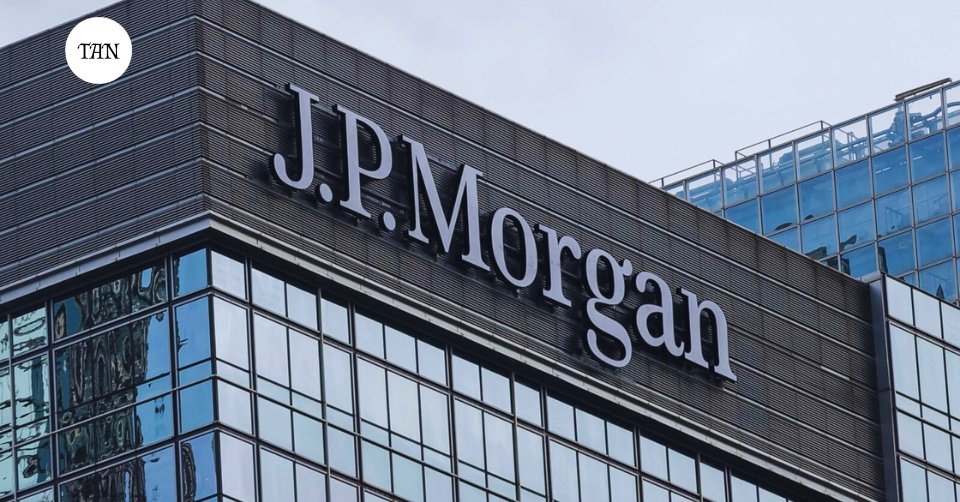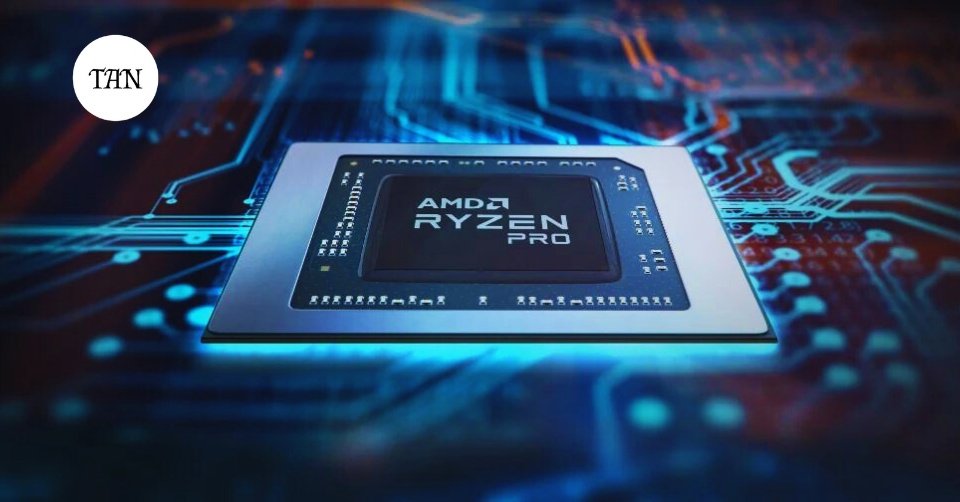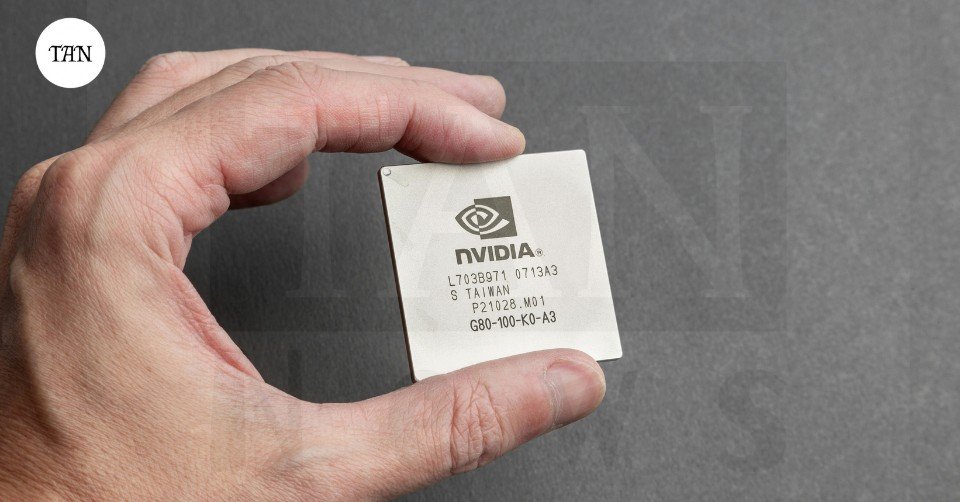New information has emerged showing that there are serious issues dealing with safety with the Boeing 787-10 Dreamliner. Another Boeing engineer Sam Salehpour has also publicly raised concerns on possible structural issues with this type of functional assembly of the plane leading to regulatory investigations and concern among the public. Reading this article, the author focuses on the specifics of the whistleblower’s statements and how Boeing addressed these accusations.
Table of Contents
Boeing 787-10 Whistleblower’s Allegations
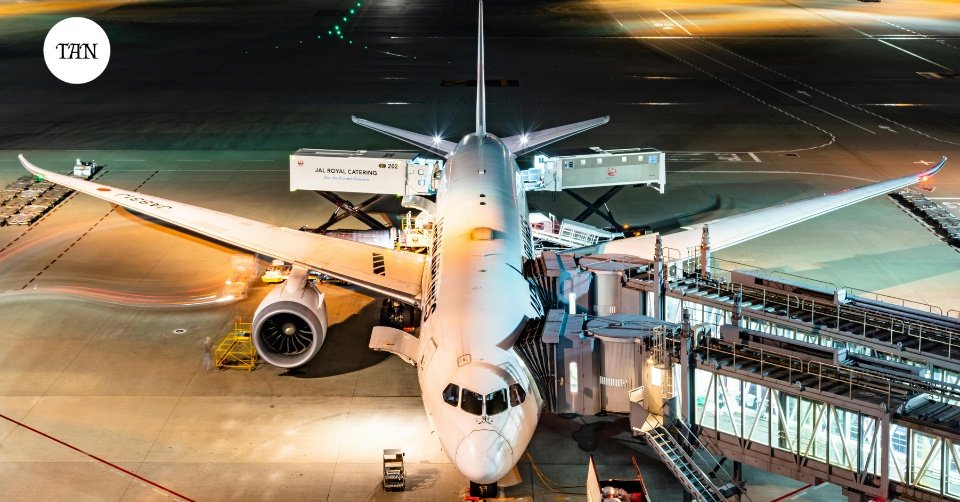
Boeing contributing quality engineer Sam Salehpour has emerged as the face of the ongoing conflict regarding the Boeing 787-10 safety. Salehpour says that due to wrong practices in the assembly of these airplanes, the structural quality is affected. He has noted poorly done seams of the aircraft’s body and insisted that there are small gaps which when pressures of flying are applied the plane will ‘pop into pieces at the seams’.
Salehpour voiced his concerns internally but as per sources Boeing the management dismissed it. He accuses the company of conduct that posed an unreasonable risk of harm to the employees because the company demanded speed over safety when aligning fuselage sections, despite gaps that should have been filled with shims not being measured and filled. In his opinion, such simplification, of course, can lead to disaster in the air and threaten the lives of passengers and crews on board.
Regulatory and Public Response
Taking these allegations seriously, the Federal Aviation Administration (FAA) has begun investigating these allegations. Salehpour has also spoken about this in the U. S. Senate insisting that all 787-10 Dreamliners should be recalled until inspections are made. This has brought lots of media attention especially through his testimony, and the possible dangers attributed to the aircraft.
On its side Boeing has refuted the allegations very vehemently. Boeing has defended the 787-10 as being safe and refuted Salehpour’s figures as being false. When tried to give his side, Boeing said in a statement that a large amount of tests and simulations have been run in order to prove the safety and sustenance of the planes.
Historical Context and Previous Issues Of Boeing 787-10
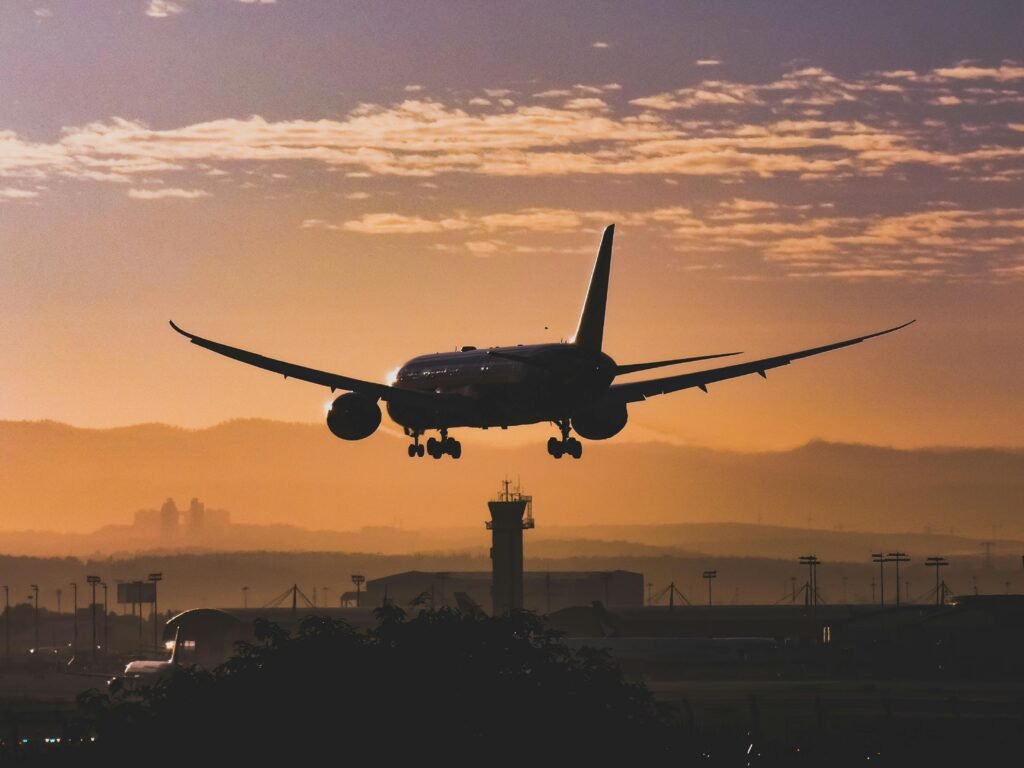
This is however not the first time that Boeing which developed the new 787 dream liner has been in the eye of the storm. In 2020, there was a stop on delivery for the near two-year due to similar issues with the spacing on the fuselage. Specifically, the FAA had required Boeing to fix such problems before the planes’ manufacturing began anew. However, the problems that Salehpour aims at, according to him, still exist and have not been successfully tackled in the mentioned previous attempts.
Impact on Boeing’s Reputation
These charges against the Boeing 787-10 come at the time when the company is experiencing some problems with its reputation. Earlier crisis associated with Boeing 737 MAX that raised many safety concerns leading to world-wide grounding of the aircraft, and a major public relations disaster have already placed the company under the spotlight. The new claims as pertains the 787-10 could further offended or diminish public /share holder trust in the company’s adherence to safety.
After these accusations from Salehpour, Boeing has insisted on its commitment to being as open and honest as it could and has said that it is always looking to solve problems and learn. The company has also taken media to its production units, and briefings have been held to show the measures being taken to produce safe aeroplanes.
Industry and Market Reactions
The uncarriers and financial markets are keen on the events concerning the Boeing 787-10. Any conclusions which FAA draws in the course of its investigation or activities that may follow can also affect Boeing in terms of the ways it functions in the capacity of an aircraft manufacturer and in terms of claims which may impact it financially. Especially the investors remain rather skeptical since the measures need to be taken might be subject to additional detrimental events and the corresponding expenditures.
Given this line of attention, it is worth acknowledging how other comparable organizations in the technological as well as manufacturing industries are handling such issues. For instance, this article by Richard Fine axamples Nvidia where the company has risen and captured the market as shown above through the identification of challenges and working through them. Thus, Boeing’s capacity to manage the present day challenge and bring back trust with customers will go a long way in the company’s affairs.
Moving Forward
Thus, as much as further investigations go on, stakeholders in the aviation industry as well as the general public do so eagerly. The findings of the FAA will outline the steps that will be taken in the Boeing 787-10 Dreamliner aircraft. Whether additional inspections, further modifications or future risks of groundings of the specific aircraft types will occur or not, will again depend on how intense and open the review by the regulating authorities is.
Thus, Boeing itself takes the responsibility and has the duty to prove that it can act safely and responsibly to eliminate doubts from the whistleblower. This response will not only effect the companies day to day machinery but have ramifications for the company’s reputation across the long term.
For more detailed information on aviation safety and industry developments, visit Aviation Week.
